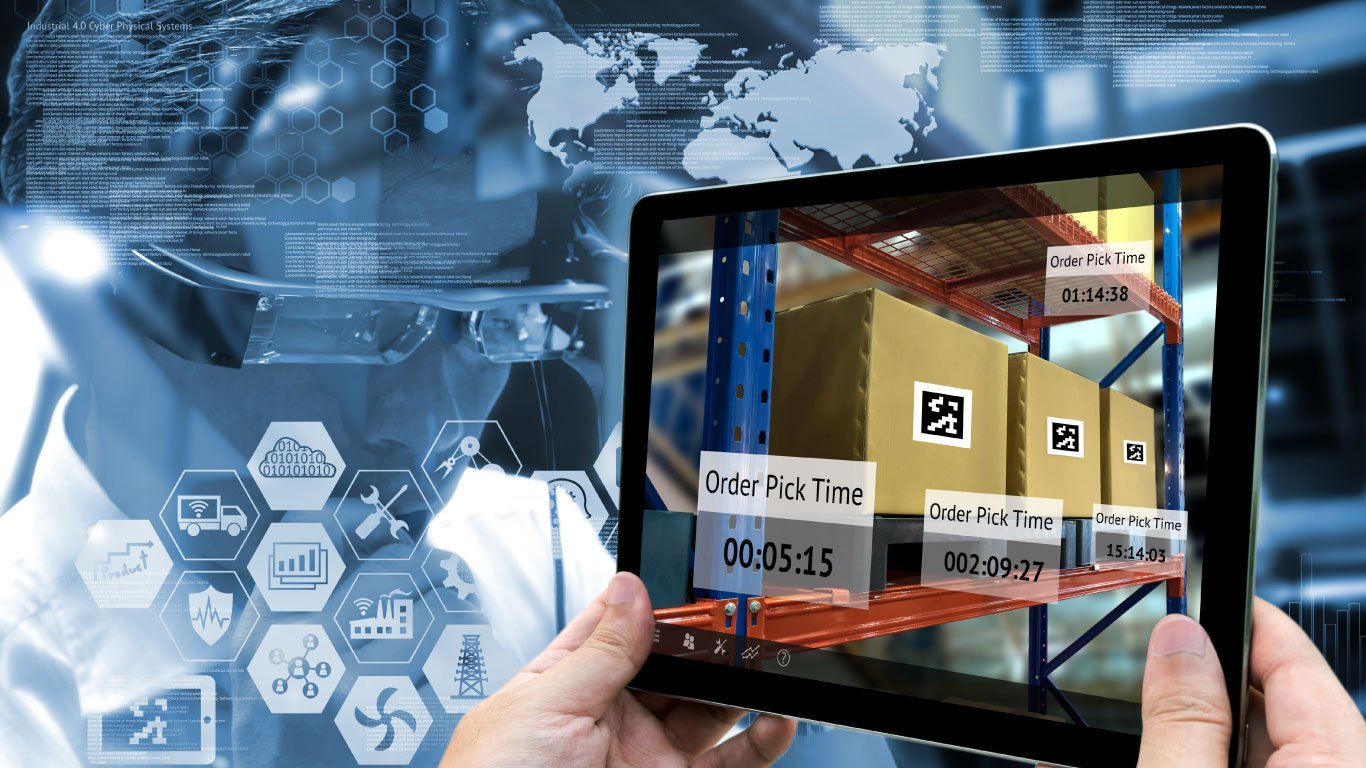The arrival of Industry 4.0 is heralding the next era in supply chain management, in which suppliers and customers come together in entirely new ways, blurring the lines between the digital and physical worlds and erasing traditional organizational boundaries.
Industry 4.0 is an overarching—and unavoidable—revolution in manufacturing, driven by the confluence of several different technology disruptions, including Big Data and analytics, unprecedented connectivity via machine-to-machine and human-to-machine interaction, 3D printing, automation, artificial intelligence, and augmented reality.
The digitization of the supply chain, or “Supply Chain 4.0,” promises to reduce inefficiencies and lower costs while improving flexibility. However, technology is a double-edged sword: It’s driving significant opportunity, but it’s also behind some of the biggest challenges in supply chain management.
Here’s a look at six ways Industry 4.0 is disrupting the traditional supply chain.
1. The Intelligent Supply Chain
“Smart logistics,” such as automated warehousing, cargo tracking, and remote fleet management, can be transformative. Recent advancements in supply chain technology give companies real-time insights into status and location. Cloud-based GPS and Radio Frequency Identification technologies (RFID) can provide instant updates on geography, including when cargo is in transit. Real-time tracking can be used to gauge transportation performance and delivery route inefficiencies. Automation and business intelligence technologies have been central to improving adaptability and optimizing the supply chain for variable customer demand. Internet-connected sensors can detect supply chain disruptions or quality issues and address the issue or adapt production flows in real-time with minimal human intervention. The result—when done right—is increased visibility, responsiveness and resilience across the entire supply chain ecosystem.
2. Demand-Driven Supply Chain Management
Demand-driven supply chain management isn’t new; what is new is the sheer amount of data available and our ability to draw insights from it. Traditional methods of demand forecasting are based on historical demand levels, but that single data point may not be reflective of the current demand environment. Embedded sensor technologies can monitor, collect and report information from the surrounding environment and respond to remote instruction. Smart analysis of that data can vastly improve the accuracy of demand forecasting and replenishment. While still not a perfect science, predictive analytics and machine learning can account for these additional variables to more reliably predict demand, recognize patterns and anticipate changes.
3. Formation of the Digital Thread
The digital thread is a communication framework for sharing information to all data consumers upstream and downstream, creating a constant feedback loop. It isn’t just about connecting data and systems; it also requires the integration of workflows and people. Improved data communication will enable the whole product chain to become more responsive in terms of changes in design, manufacture, volumes, rework and through-life service provision. Ultimately, establishing this digital thread between suppliers, your organization and customers is the cornerstone of the evolution from supply network to integrated value chain, where suppliers and customers collaborate to achieve efficiencies and lower costs. The real value of the digital thread comes from better business intelligence and greater intimacy with supplier performance and customer behavior.
4. Value Co-Creation
The integrated value chain is predicated on a new level of transparency and information sharing, including constant, bidirectional communication and inter-company visibility into everything from inventory condition, supply status and shipping delays to future-focused factors predicting shifts in demand. Best practices are shared with internal and external stakeholders to increase efficiencies and improve interoperability. And end-to-end visibility is largely a function of being able to access data across business networks— or a “network of networks.” The idea is that the synthesis of data from all supply chain entities is more valuable than data input from a single network. This sets you up for synergistic co-creation of value, where savings and opportunities are generated and shared between business partner organizations, resulting in “win/win/win” relationships.
5. Evolving Customer Expectations
Many manufacturers are reevaluating their distribution models as consumer shopping habits change. Today’s retail and manufacturing customers have little tolerance for delayed or incorrect orders, meaning logistics and distribution—from warehousing to order fulfillment to shipping—must happen at lightning speed. As a result, some manufacturers are moving from direct store to centralized distribution and real-time inventory management, allowing order points to be less tied to warehouse inventory levels and more responsive to demand. In addition, growing consumer demand is driving a shift from standardization to customized products and modular manufacturing. Additive manufacturing and rapid prototyping techniques are enabling a “fail fast” mentality, more complex design, smaller parts and less waste. These technologies have the potential to restructure supply chains, as manufacturers and even their customers switch to using on-premise additive manufacturing capabilities. This could result in the reduction of a company’s geographical footprint and sourcing of raw materials. Hyper-customization is the future of manufacturing, requiring linking customer requirements directly to the supply chain.
6. Cyber Risk
Industry 4.0 is breaking down the traditional barriers that can stymie innovation and collaboration, but in doing so, it’s creating more opportunities for bad actors to break in. Supply chain cyber risk increases exponentially. Sophisticated attackers frequently exploit third-party vulnerabilities to gain access to their ultimate target. Any security gaps in manufacturers’ supplier networks can serve as ingress points for hackers. On the flip side, manufacturers can also be the ingress point for hackers to reach their supply chain partners and end customers, resulting in reputational damage and lost business, particularly if the victim organization is deemed cyber-negligent. All suppliers should go through an evaluation process that identifies cyber risks. The identified exposures should then be addressed with contractual provisions and clear minimum standards. The measures taken should be commensurate with the risk and the value of the relationship.





